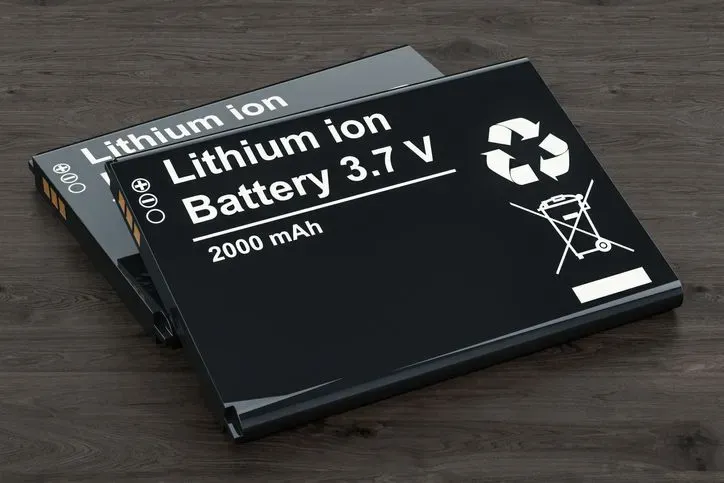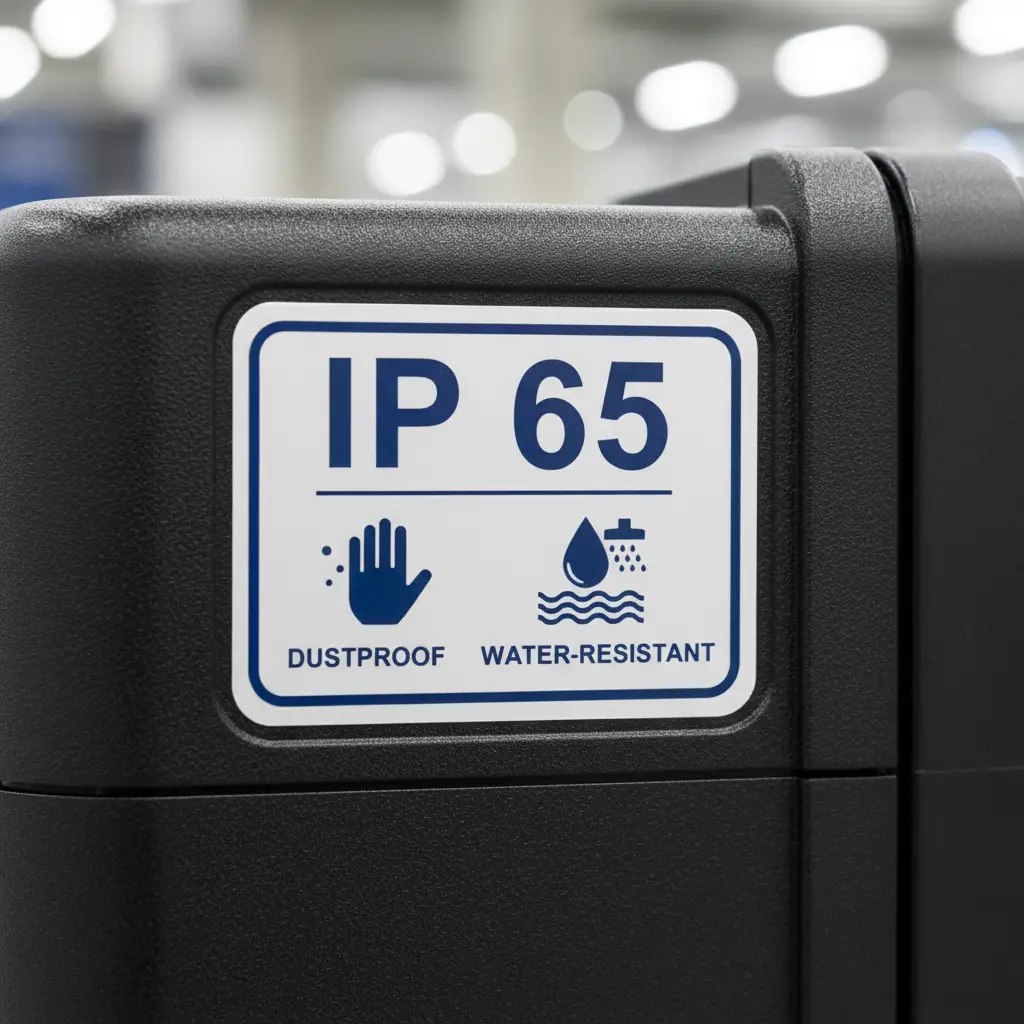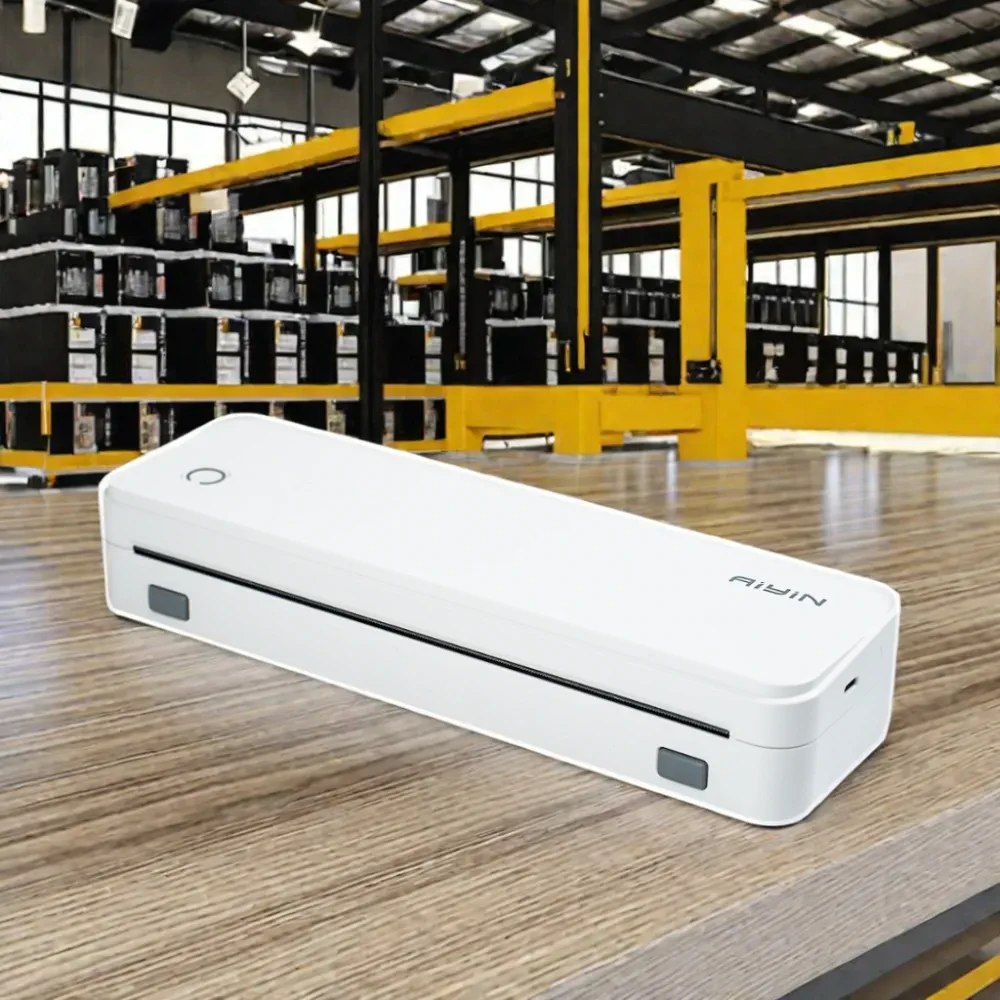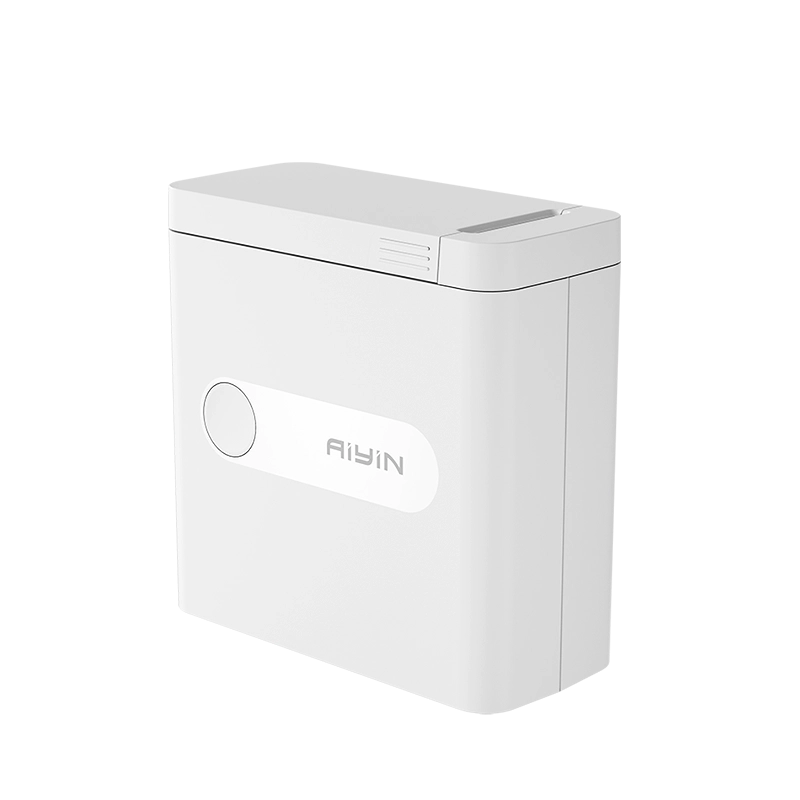In the thermal printing industry, we can tell that a portable thermal printer is only as useful as its battery and build. When your team is doing on-the-spot printing, such as delivery proof, inspection labels, and event badges. As a leader should do, you have two things to worry about: how long the device runs between charges, and whether it survives real-world abuse.
For being a leading portable thermal printer manufacturer, below is a practical guide, delivered by Aiyin, to reading specs, testing devices, and choosing models that deliver reliable field performance.
Key Battery Metrics to Check
Capacity (mAh / Wh). Higher numbers generally mean longer runtime, but Wh (watt-hours) is a better cross-device comparator because it factors in voltage, which can more accurately reflect the actual available energy. A higher value means longer running time.
Prints per charge. Vendors often state “prints per full charge” — ask for that figure under your expected duty cycle (e.g., 200 one-line receipts per shift).
Charge cycles & lifespan. Batteries degrade: expect noticeable capacity loss after a few hundred cycles. Confirm manufacturer cycle ratings and warranty terms.
Charge time & fast-charge support. Short charge windows in the field make fast recharge or hot-swap capability valuable.
Standby vs active drain. Idle power draw matters if devices sit in standby for long periods; look for auto-sleep features to maximize savings on idle power consumption.
Battery Types and Practical Pros/Cons
Most portable thermal printers use lithium-ion cells. Key choices to consider:
Removable swappable batteries: Excellent for multi-shift operations—swap in a fresh pack instead of stopping work. After the battery’s life expires, users can replace it themselves without returning to the factory or seeking professional service.
Internal (non-removable) batteries: Simpler design and smaller size, but less convenient for continuous workflows; replacement requires service. Battery replacement requires professional technicians to disassemble the device, which increases maintenance complexity and downtime
Battery reporting: Devices that expose battery level via SDK let apps warn users and schedule charging, which improves uptime and reduces surprises.
If your fleet needs to print all day without returning to a base, prioritize swappable packs and realistic “prints per charge” figures over raw mAh numbers.

Power Management Features that Extend Runtime
Good power management drastically improves real-world thermal printer battery life:
- Auto-sleep and configurable idle timeouts.
- Low-power Bluetooth modes.
- Firmware that reports battery percentage to host apps.
- Fast charge or the ability to print while charging.
When testing models, simulate your operational pattern (bursts of printing + standby) rather than relying on continuous print numbers from the datasheet.
Durability Ratings to Understand
Portable thermal printer faces drops, dust, and moisture. Check these specs:
IP rating (e.g., IP54, IP65): indicates water and dust resistance. The first number represents the dustproof level, and the second number represents the waterproof level. A high IP rating can effectively prevent damage to print heads and precision circuit boards due to environmental factors.
Drop/shock spec (often MIL-STD-810G): common test heights are 1.2 m–2.0 m. Unexpected falls are common in logistics, warehousing, or on-site service environments. Equipment that passes high-standard drop testing can significantly reduce on-site failure rates and maintenance downtime.
Operating temperature range: batteries and printheads perform worse at extremes—confirm low-temp start capability if used in cold climates. It ensures that the equipment can operate reliably in both high and low temperature environments
A device with solid durability specs reduces field failures and maintenance time—key when uptime matters.

Rugged Design Features that Improve Field Reliability
Look beyond numbers at design details that affect portable thermal printer durability:
- Rubber bumpers and reinforced corners to absorb impacts.
- Covered ports and sealed seams to keep dust and moisture out.
- Secure media compartment latches so rolls don’t dislodge during use.
- Optional vehicle/handheld mounts and holsters for safe transport.
Small mechanical details make a big difference in daily reliability.
Real-world Testing & Acceptance Checklist
Before rolling out your portable thermal printer fleet-wide, run these simple tests:
- Battery endurance test: Fully charge, run your typical duty cycle until the device stops, and record prints/hour and actual prints per charge.
- Cycle test: After 100–300 charge cycles, remeasure capacity; compare against vendor cycle life claims.
- Drop test: Perform a few controlled drops from typical working heights.
- Environmental test: Operate the unit briefly at the extremes of your expected temp/humidity range.
- Connectivity & SDK test: Ensure battery level reporting works via your app.
Set acceptance criteria (e.g., ≥ X prints/charge; survive 1.5 m drop; maintain ≥80% capacity after 200 cycles) and require vendors to provide test documentation or samples.
Buying Checklist & Deployment Tips
- Require prints-per-charge measured under your workload.
- Prefer swappable batteries for multi-shift operations.
- Verify IP and drop specs for your environment.
- Confirm SDK support for battery telemetry and low-battery alerts.
- Stock spare batteries and charging stations (1 spare battery per 3–5 devices is common).
- Train users on charging best practices (avoid extreme temps, don’t store fully discharged).
Schlussfolgerung
With strong battery specifications and intentionally ruggedized features, a portable thermal printer can elevate mobile printing from a nice convenience to a dependable functional printer. Prioritize real-world battery specs (print per charge, cycle life, etc), expect clear durability ratings, and check the devices out with a short pilot using the acceptance checklist. Do these three things, and you can reduce downtime, minimize repair costs, and keep your mobile team printing when they need it most.
Über Aiyin

Als führender Hersteller von Thermodruckern, Aiyin offers wholesale portable thermal printers und kundenspezifische Thermodruckerlösungen for businesses worldwide. With a fully equipped in-house facility and standardized SOP workflows, we ensure every printer delivers stable performance, consistent quality, and seamless integration for business use.






